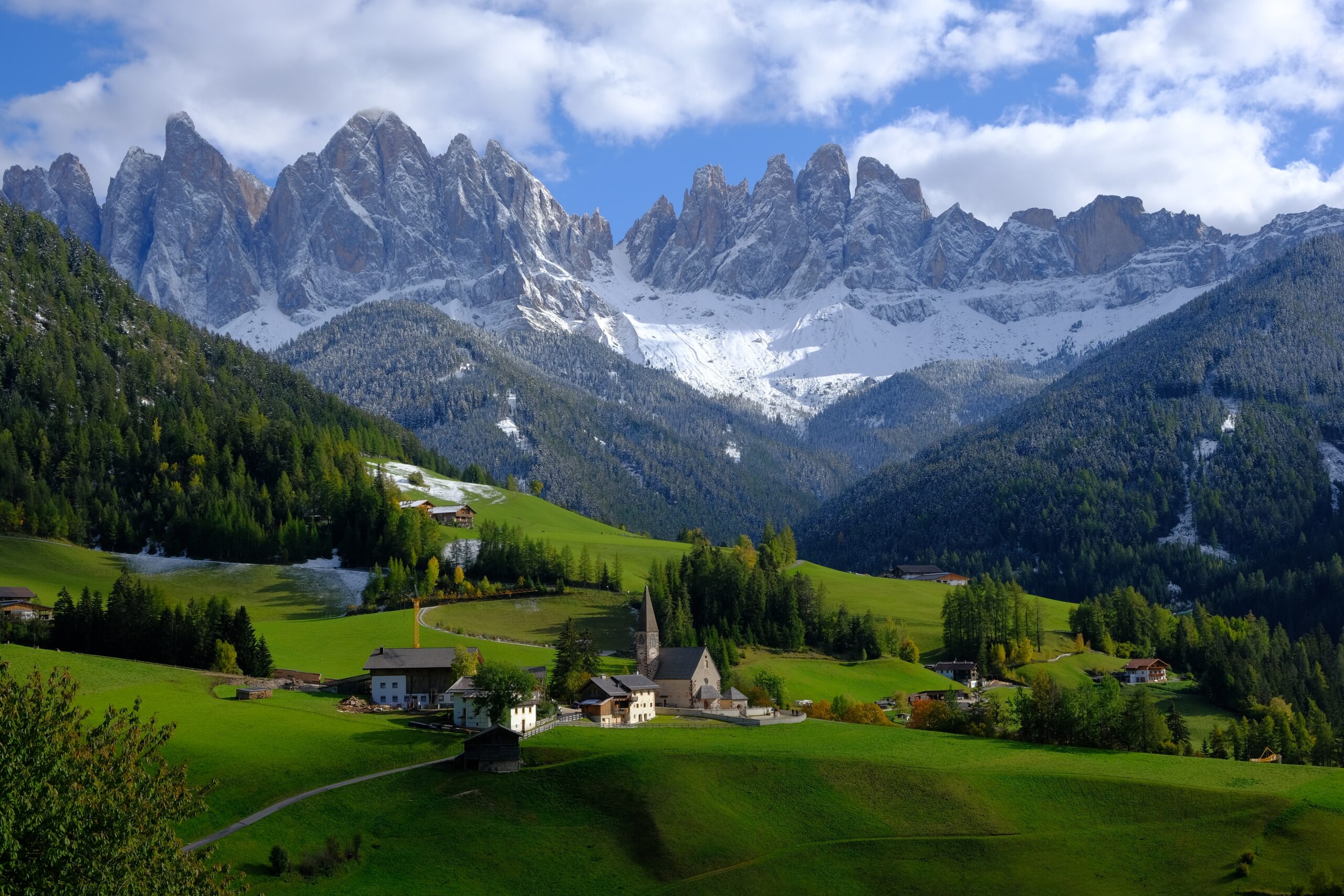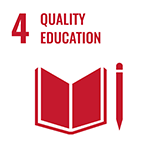Safeguarding the living mountainous landscape of the Dolomites

Summary
The solution focuses on approaches that have been put in place for the enhanced and more active engagement of communities in the safeguarding of the Dolomites’ natural and cultural heritage. The Dolomites were inscribed on the World Heritage List in 2009 as a group of nine mountainous systems. Inscribed under criteria (vii) and (viii) for their geological values, the Dolomites are a mix of multiple and dynamic natural and human-shaped Alpine landscapes. The Dolomites are not only an exceptional natural site but also a place of great cultural diversity and history made of communities with multiple cultural backgrounds, communities of minorities, a large spectrum of cultural traditions and sites, as well as one of the temples of alpinism, which was inscribed on the UNESCO Intangible Cultural Heritage List in 2019.
The solution focuses on the role played by multiple formal and informal networks of communities and institutions in raising awareness on the Site values and promoting the huge natural and cultural diversity of the Dolomites, while aiming at active conservation of the landscape as well as at environmental, economic and social sustainability.
Overview
- Location:
- Implementation sites:
-
- Single country
- Multiple locations
- Mountain region:
-
Dolomites
- Province:
-
- Belluno
- Site locations:
-
Pelmo, Croda da Lago; Marmolada; Pale di San Martino, San Lucano, Dolomiti Bellunesi, Vette Feltrine; Dolomiti Friulane and d’Oltre Piave; Dolomiti settentrionali; Puez-Odle; Sciliar-Catinaccio, Latemar; Bletterbach; Dolomiti di Brenta
- Solution scale:
- Ecosystem type(s):
- Solution type(s):
- Sector(s):
- Climate impact time-scale(s):
- Main benefit associated with the solution:
- Co-benefit(s) associated with the solution implementation:
- Sendai targets:
-
Solution details
Main beneficiaries & outcomes
Local communities living inside and near the area of the Dolomites, mountain hut managers and local producers of food products (farmers, breeders, foragers) are the main beneficiaries. Other beneficiaries are the protected areas, and the cultural traditions and practices.
The solution focuses on the work done in fostering the inclusion of local, communities, local stakeholders in the management of the Dolomites’ rich natural and cultural heritage.
The solution addresses the following challenges:
- Environmental challenges: use of natural resources, sharing benefits with local actors, consider economic development and conservation needs together, holistically, in order to find a viable, sustainable path forward
- Social challenges: changes in local communities and local actors, complex governance system that requires the commitment of political and institutional actors in five provinces and two regions, political and institutional changes in leadership positions, people’s awareness on the Outstanding Universal Value and other values
- Economic challenges: local economic development, food production in mountain regions, disconnection between food producer and consumer, tourism development.
Planning and implementation
The #Dolomites2040 participatory process contributed to the creation of the Site Management Strategy, in which active engagement of local communities and networked management are essential. #Dolomites2040 set therefore the stage for the establishment of key platforms for connection like the “Dolomites UNESCO World Heritage Mountain Huts” (BB2) and the “Produttori di Qualità” (BB2) and the museum network (BB5). These platforms empower key local actors to become ambassadors for the promotion of the Outstanding Universal Value together with other natural and cultural values of the Dolomites. These local actors play a key role in raising awareness with the wider public on the importance of the conservation of the Dolomites through their experiences, lives and their tangible and intangible products (BB6).
Finance
This solution was financed through the UNESCO Dolomites Foundation.
Innovation
The solution includes working together with key stakeholders in the development of sustainable economic process to enable the livelihood of local communities through a virtuous system of quality production and hospitality that is mindful of the environment and the people living in this mountain area.
The solution features putting in places multiple platforms in place for the direct engagement of people so that to cooperatively identify issues, points of uncertainties as well as solutions and innovative processes that could benefit the site and its people.




Comments
There is no content